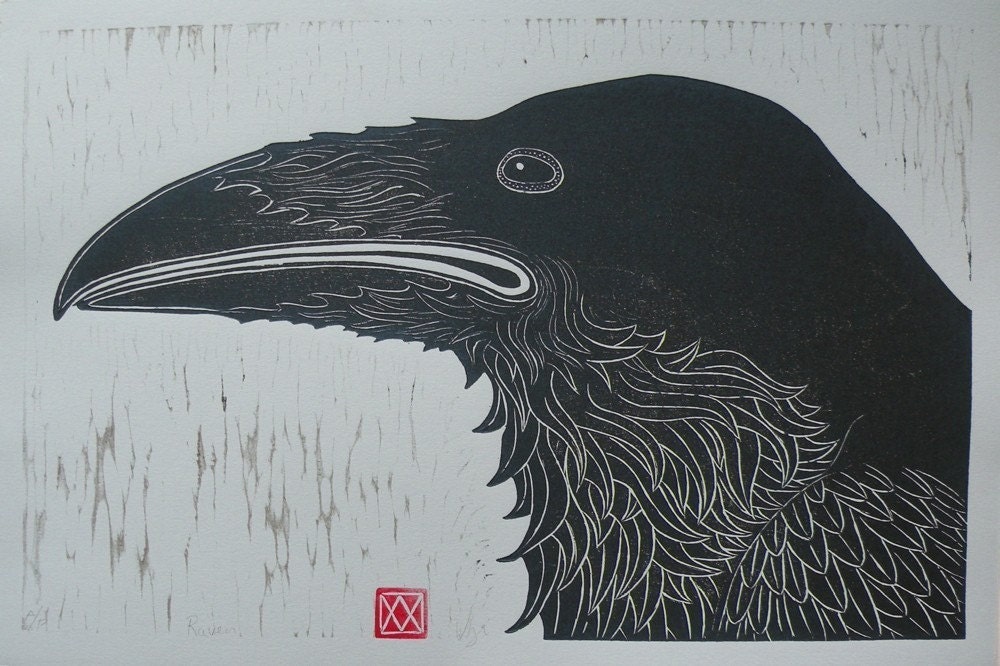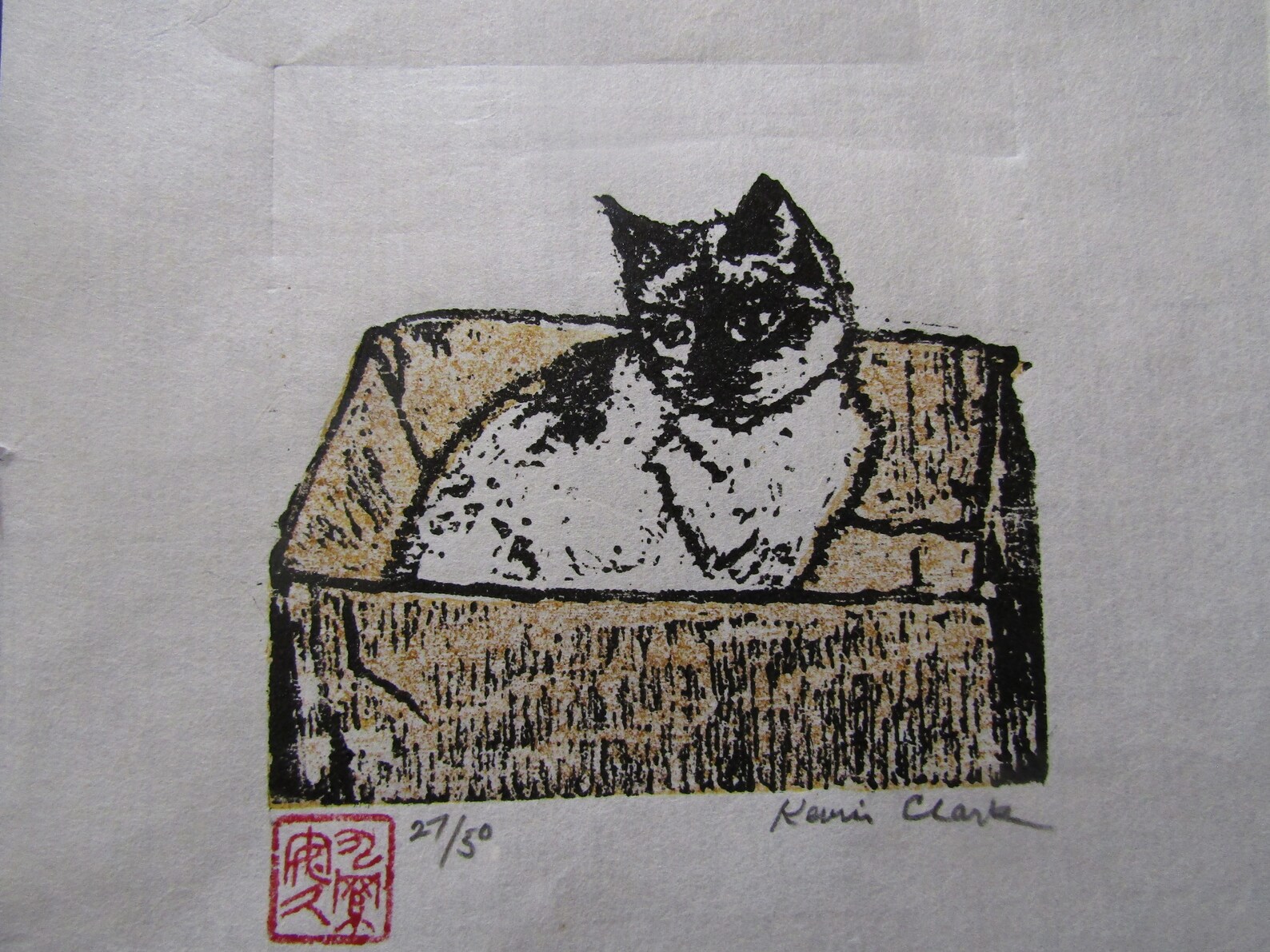
It was a great experience for Daniel, and he is eager to share that knowledge. He demonstrated sharpening techniques and how each tool can be shaped for a particular purpose. Watanabe grew up in his father s Chõchin (paper lantern) shop where every element of the Chõchin, from paper, bamboo frame, to hand carved bases were made. Watanabe in Japan where he got some firsthand pointers on sharpening. Last spring he visited master craftsman Mr. Daniel Jasa s sharpening business is up and running! Daniel continues to give demonstrations at local art colleges and teaches regular sharpening workshops. We will be at the Vendor Fair, so please do come by, say "hi!"and grab a handful of M&M's (wasn't it nice of Mars Inc. The Conference runs from March 15 th through the 18 th. Atlanta, Georgia is the location of this year's SGCI Conference, the biggest printmaking get-together in the country. Thank you so much for your support, it means so much to everyone who works at McClain's. The date on it is July That means McClain's has now been in business for thirty eight years! And it is all thanks to you. Ken McClain gave us boxes of materials he had found relating to his father's business and in one box was a typewritten price sheet, with hand-drawn pictures of tools, sharpening stones, baren, brushes, blocks and paper.

2 Dear Friends, I've always wondered what year Bob McClain started selling moku hanga and woodblock printmaking supplies in the U.S.

His work is minimal and delicate, capturing trees at night with a sense of timelessness imbued with moods created by washes of colour. He creates modern designs, but continues the Japanese tradition using traditional techniques. Wetpaint gallery is delighted to represent contemporary artist Yoshikazu Tanaka. For colour printing, multiple blocks are used, one of each colour, although overprinting two colours may produce further colours on the print. The content prints in reverse, a mirror-image, a consideration when text is involved. It is necessary only to ink the block and bring it into firm and even contact with the paper or cloth to achieve an acceptable print. The block was cut along the grain of the wood. The wood block is prepared as a relief pattern, which means the areas to show ‘white’ are cut away with a knife, chisel, or sandpaper leaving the characters or image to show in ‘black’ on the original surface level. As printing was done by hand, printers were able to achieve effects not possible with machines, such as the subtle blending or the gradation of colours. The Japanese water-based inks provide a wide range of vivid colours, glazes, and transparency. Production was divided: the artist designed the prints the carver cut the woodblocks the printer inked and pressed the woodblocks and the publisher, financed, promoted and distributed the works.Īlthough similar to woodcut in Western printmaking, the mokuhanga technique differs in that it uses water-based inks, as opposed to western woodcut, which often uses oil-based inks. Mokuhanga artists of the past rarely carved their own woodblocks for printing. It is best known for use in the ukiyo-e genre of Japanese art. In Japan, woodblock printing is known as mokuhanga, moku meaning wood and hanga meaning print. The process was only adopted much later for secular books, a Chinese-Japanese dictionary of 1590 is the earliest known example. In China, Korea, and Japan, the state involved itself in printing at a relatively early stage of development, as initially, only governments had the resources to finance the carving of the blocks for long works.īuddhist temples were among the first to use the woodcut technique in Japan, printing books of sutras, mandalas and other Buddhist texts, before later printing images. When Empress Shotoku commissioned one million small wooden pagodas containing short printed scrolls to be distributed to temples across the land. Woodcuts prints made their way across the East China Sea from China to Japan, the earliest known prints made in Japan date from 764-770 AD. Early woodblock printing was used to print text on textiles and then later on paper, the earliest surviving examples from date to before the Han dynasty (206 BC–220 AD).


The technique replaced seals and stamps for making impressions and writing by hand for longer text. Modern Japanese woodblock printing can trace its origins directly to China where it was invented in antiquity.


 0 kommentar(er)
0 kommentar(er)
